FREE Shipping on Orders over $89 with Account – Create One Today!
- (844)-859-9400
- Get Help
Showing 1–16 of 149 results
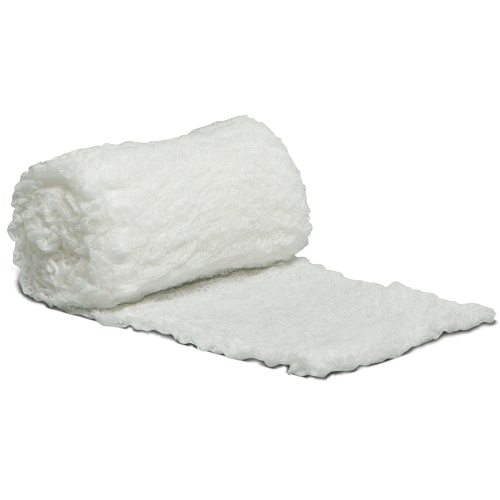
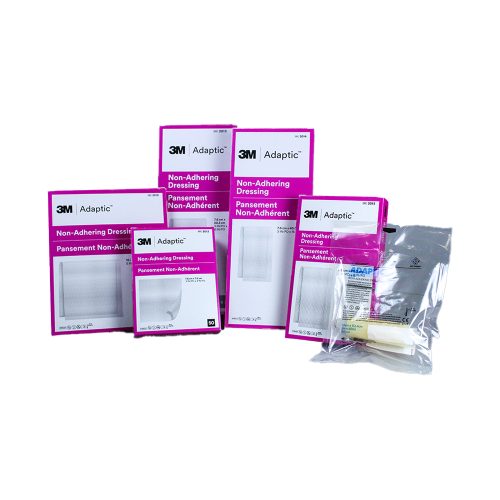


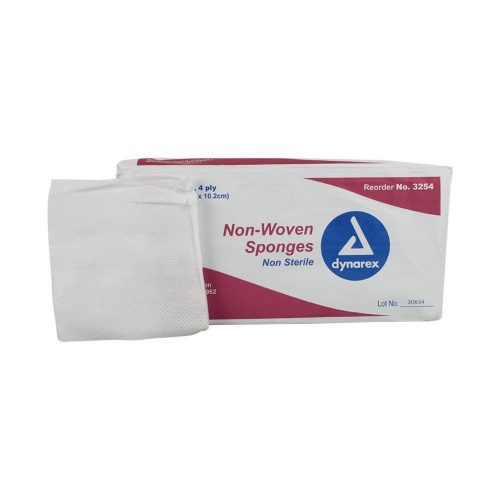
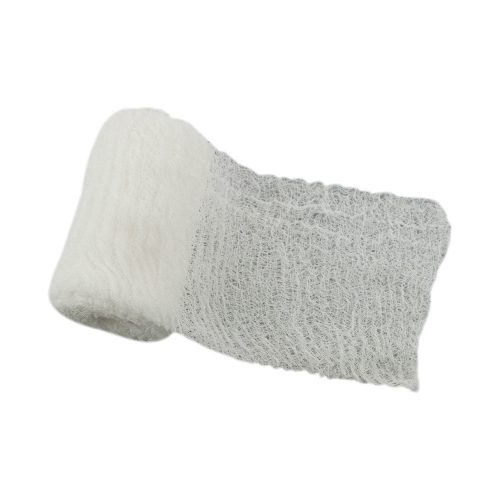

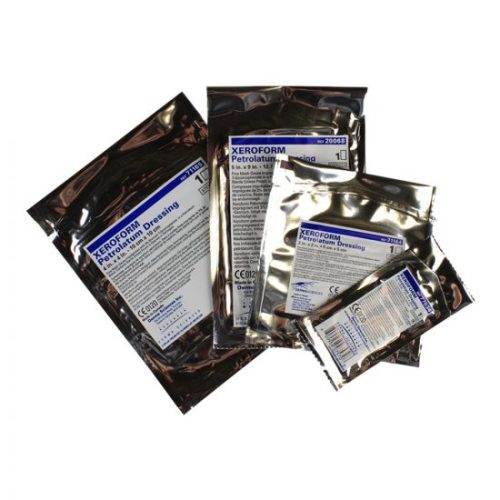
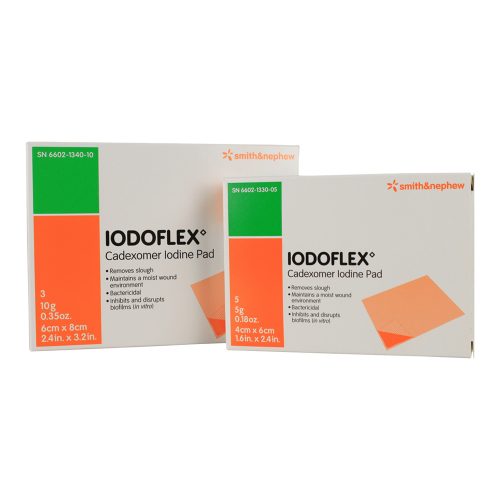
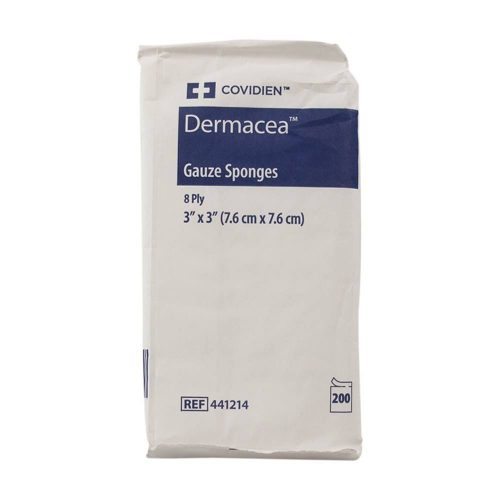

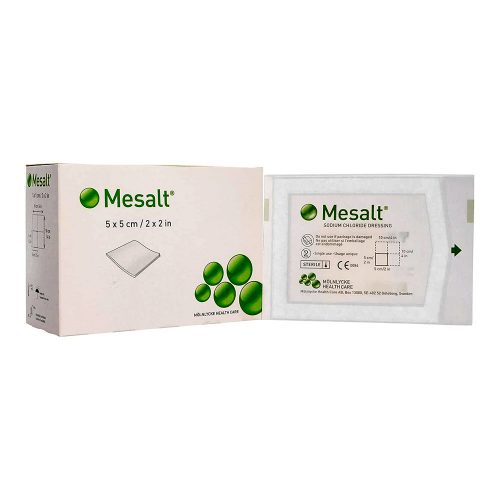
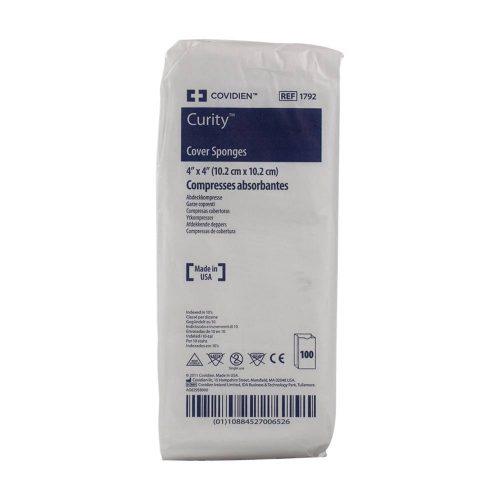
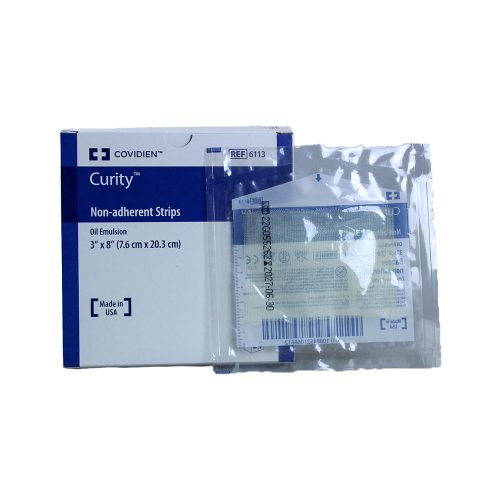
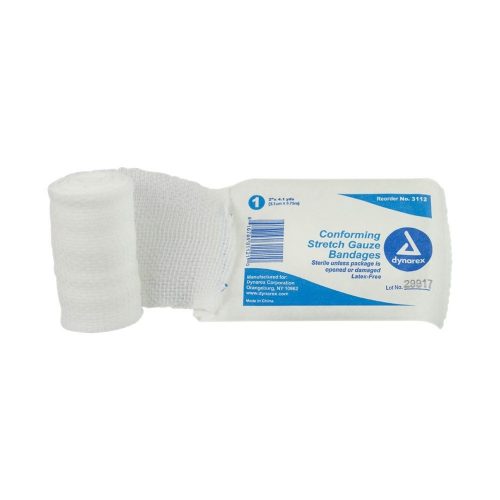
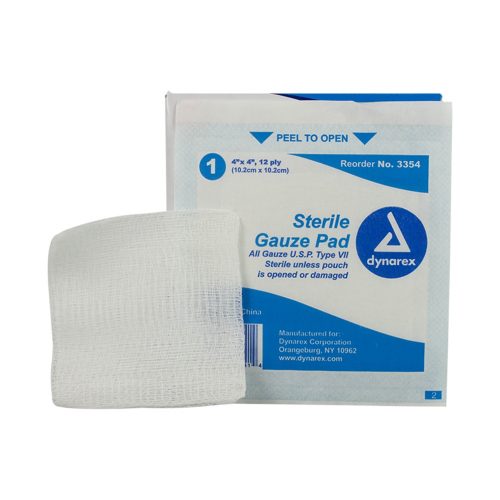
Available in woven and non-woven forms, gauze is the most widely used wound care dressing. It’s ideal for securing a primary dressing in place, in conjunction with tape, or as part of a bandage or surgical sponge.
Several types of fibers are used for gauze, including cotton, polyester, rayon or a blend. The composition may be:
Regardless of material or formulation, gauze has two general types:
Woven gauze uses a cotton, multi-ply composition with a looser weave, which helps with absorbing and controlling exudate and bodily fluids. Oftentimes, woven gauze resembles mesh. A wider, coarser weave is ideal for debriding, while finer weaves are better suited to packing a wound. Of all types available, woven gauze is the more common.
Nonwoven gauze is created by pressing, rather than weaving, the fibers together. This composition increases absorbency and wicking without decreasing breathability, tends to be thicker and is less likely to leave fibers on the skin once removed. Nonwoven gauze dressings are ideally used with a secondary dressing to control exudate.
Aside from these two basic types, gauze can be found in “sponge” form – a square, folded pad – or with a more flexible composition for wrapping around a wound and securing a primary dressing.
Gauze rolls can be used for securing other dressings in place. Simply wrap the gauze roll around the primary dressing and secure with tape. It is not recommended to use a gauze roll as a primary dressing, as they are not very absorbent.
Gauze may assist with packing, covering, debriding or cleansing a wound or holding a primary dressing in place. In a medical setting or as you tend to your wound at home:
Find a range of types and formulations for dressing and healing wounds in medical and at-home environments. Shop pads, impregnated gauze, sponges, gauze with petrolatum, and conforming and Kerlix rolls.